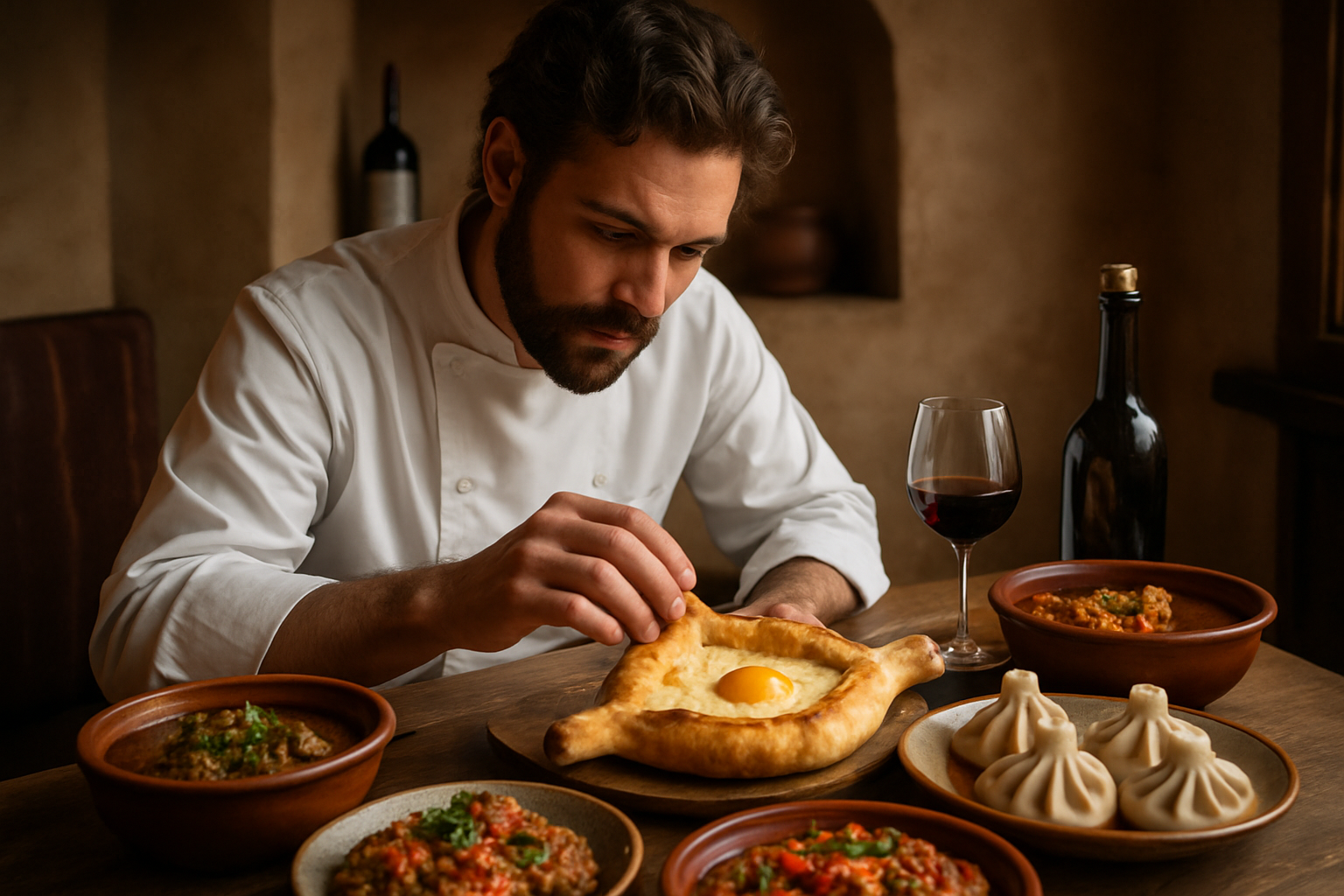Culinary Cinema: When Food Takes Center Stage
The captivating world of culinary cinema has emerged as a delectable feast for the senses, blending the visual artistry of film with the tantalizing allure of gastronomy. This unique genre has carved out a niche in the entertainment industry, serving up a smorgasbord of mouthwatering narratives that explore the intricate relationship between food, culture, and human connection. From sumptuous dramas to heartwarming comedies, culinary cinema offers viewers a chance to indulge in the rich tapestry of flavors, aromas, and emotions that food can evoke.

The Art of Visual Gastronomy
Culinary cinema relies heavily on the art of food styling and cinematography to create visually stunning representations of dishes. Food stylists work tirelessly to ensure that every morsel looks appetizing on screen, often employing tricks of the trade to maintain the perfect appearance throughout long shooting days. Cinematographers, in turn, use innovative techniques to capture the textures, colors, and steam of dishes in ways that tantalize viewers’ taste buds.
Exploring Cultural Identity Through Food
One of the most compelling aspects of culinary cinema is its ability to explore cultural identity and heritage through the lens of food. Films like Ang Lee’s Eat Drink Man Woman (1994) and Lasse Hallström’s The Hundred-Foot Journey (2014) use cuisine as a metaphor for cultural clashes and reconciliation, demonstrating how food can bridge divides and foster understanding between different communities.
The Rise of Culinary Documentaries
Alongside fictional narratives, culinary documentaries have gained significant popularity in recent years. Films like Jiro Dreams of Sushi (2011) and Chef’s Table (2015) offer intimate portraits of world-renowned chefs, their philosophies, and the artistry behind their creations. These documentaries not only showcase the technical aspects of cooking but also delve into the personal stories and cultural contexts that shape each chef’s culinary vision.
The Influence on Popular Culture
The impact of culinary cinema extends far beyond the silver screen. These films have sparked a renewed interest in cooking among viewers, inspiring amateur chefs to experiment in their own kitchens. Additionally, culinary tourism has seen a boost, with fans seeking out locations and restaurants featured in their favorite food-centric films. The genre has also influenced the way food is presented on social media, with many aspiring to recreate the picture-perfect dishes seen in movies.
Challenges and Criticisms
Despite its popularity, culinary cinema faces its share of challenges and criticisms. Some argue that the genre often romanticizes the culinary world, glossing over the harsh realities of professional kitchens. Others point out that the focus on visually appealing food can sometimes overshadow the importance of taste and nutrition. Filmmakers in this genre must strike a delicate balance between aesthetic appeal and authenticity.
The Future of Culinary Cinema
As the genre continues to evolve, new trends are emerging in culinary cinema. Virtual reality and augmented reality technologies are being explored to create more immersive food-centric experiences for viewers. Additionally, there’s a growing focus on sustainability and ethical food practices in these films, reflecting broader societal concerns about the environmental impact of our eating habits.
Conclusion
Culinary cinema has established itself as a vibrant and multifaceted genre, offering viewers a unique blend of visual artistry, cultural exploration, and sensory delight. As our relationship with food continues to evolve in an increasingly globalized world, this cinematic niche is poised to play an even more significant role in shaping our understanding of cuisine, culture, and human connection. Whether through sumptuous dramas, mouthwatering documentaries, or innovative new formats, culinary cinema promises to continue serving up a feast for the eyes and the imagination for years to come.




